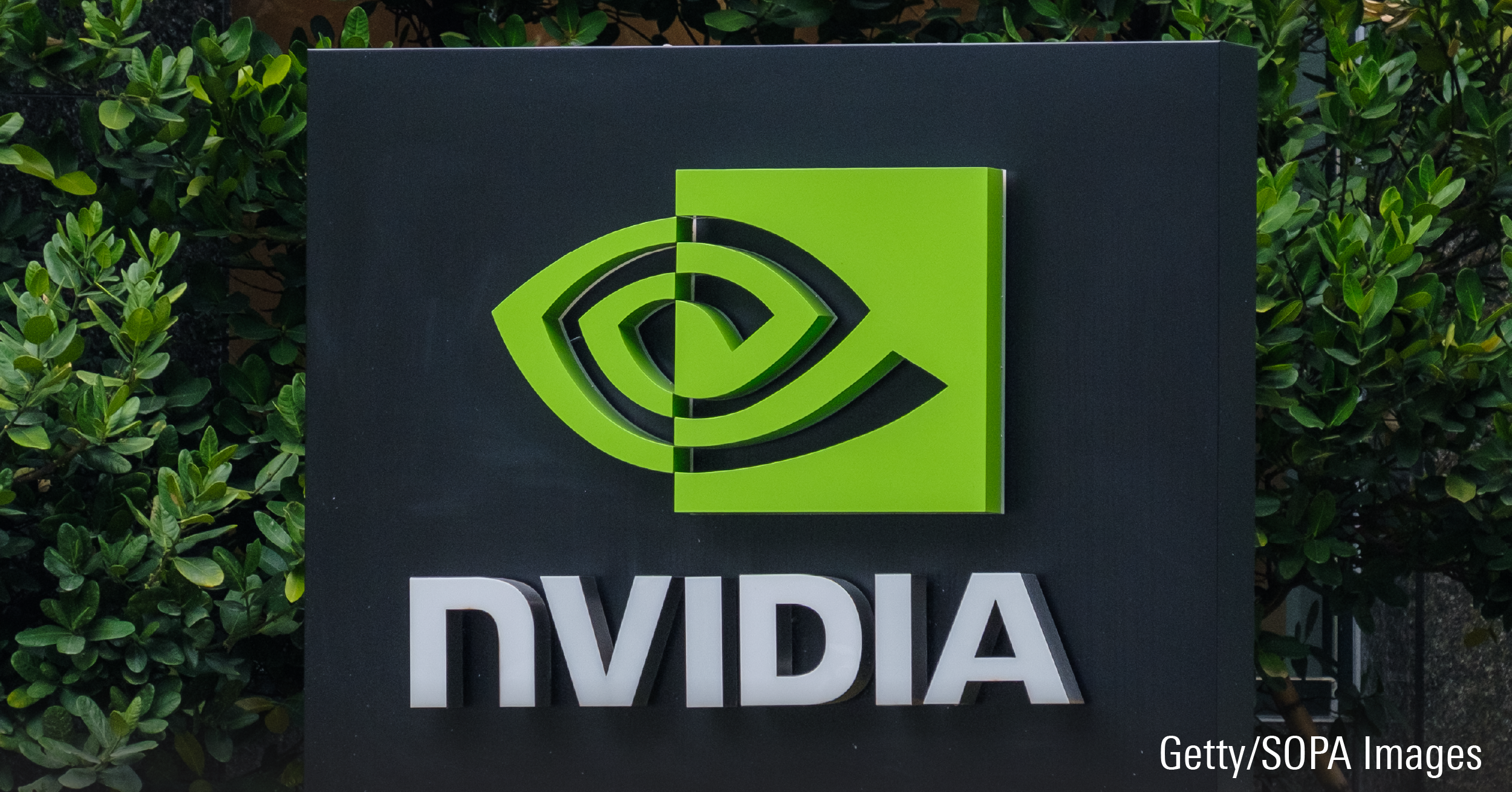It's the time of year when people in the northern hemisphere start planning their annual summer getaway. A large number of these travellers are expected to go on cruise vacations, a fast-growing constituent of the US$2 trillion global travel market.
Responding swiftly to this growing demand, the global cruise industry has dropped US$6.8 billion to buy 26 new oceans vessels in 2017, according to a recent report from the Cruise Lines International Association (CLIA). More than 25 million passengers are projected by the report to go on cruises this year, up by two million from 2015.
The demand and focus continues to improve in Asia and Europe, even though revenue and passengers for the global cruise industry remain highly concentrated in North America, especially the United States, which is projected to grow from US$23 billion in 2015 to more than US$31 billion in 2020. The S&P 500 Hotels, Resorts and Cruise Lines sub-index has climbed 14.23% year-to-date, compared to a more modest 4.9% gains for the S&P 500 index, as of April 21.
Similarly, the leading cruise operator stocks are up between 16% and 25% year-to-date, as of April 27. Yet two of the three companies that control 90% of the global market continue to trade at a sizeable discount to their fair value.
These companies, built on strong fundamentals, have been consistently improving passenger capacity and price. As well, they are expanding their geographic footprint far beyond their traditional markets like the Caribbean, to court burgeoning Asian markets, according to Morningstar equity research.
| Norwegian Cruise Line Holdings Ltd. | ||
| Ticker | NCLH | |
| Current yield | - | |
| Forward P/E | 12.4 | |
| Price | US$55.62 | |
| Fair value | US$62 | |
| Data as of May 5, 2017 | ||
The world's third-largest cruise company, ![]() Norwegian Cruise Line (NCLH) operates 24 passenger cruise ships sailing to more than 510 destinations worldwide. The company offers freestyle and luxury cruising and is increasing capacity faster than its peers through global expansion.
Norwegian Cruise Line (NCLH) operates 24 passenger cruise ships sailing to more than 510 destinations worldwide. The company offers freestyle and luxury cruising and is increasing capacity faster than its peers through global expansion.
A Morningstar report refers to Norwegian as "an increasingly relevant competitor in the cruise industry" that "can nimbly cater to changing trends," drawing on decades of consumer analytics and best practices across brands.
"Our long-term thesis continues to evolve, as Norwegian now plans to return to the Asia Pacific market after a 15-year hiatus and expand its presence globally," says Morningstar equity analyst Jaime Katz. In addition to the differentiated product (freestyle cruising), she adds, Norwegian's acquisition of the upscale Prestige brands creates a cushion against economic weakness. The company's luxury products are targeted at high-net-worth consumers who are relatively immune from economic volatility and changes to pricing.
Responding to the growth in disposable incomes and aspirations of the middle class in emerging countries, Norwegian is making an aggressive push in the Asia- Pacific market, particularly in China, but also Singapore, Hong Kong, Australia and New Zealand, says the company's 2016 annual report. "Norwegian may be able to better control the cadence of flattening, supporting better longer-term yield growth, as it replaces lower-yielding itineraries with new, higher-yielding itineraries," says Katz, who recently raised the stock's fair value from US$56 to US$62.
Norwegian is adding eight more vessels by 2025 to increase its capacity and global reach. "As the baby boomers enter retirement, they are likely to travel more," she adds.
The company reported a record 48% jump in profit for the fourth quarter of 2016 with a 12% growth in full-year revenue.
| Royal Caribbean Cruises Ltd. | ||
| Ticker | RCL | |
| Current yield | 1.68% | |
| Forward P/E | 13.1 | |
| Price | US$108.77 | |
| Fair value | US$111 | |
| Data as of May 5, 2017 | ||
The world's second-largest cruise company, ![]() Royal Caribbean Cruises (RCL) operates more than 40 ships across six brands. The company also has a 50% stake in a joint venture that operates TUI Cruises.
Royal Caribbean Cruises (RCL) operates more than 40 ships across six brands. The company also has a 50% stake in a joint venture that operates TUI Cruises.
"Royal Caribbean's brands continue to drive repeat business, as the innovation and quality of its vacation products remain top notch while offering a compelling value proposition to travellers,” says a Morningstar equity report.
The company has got off to a flyer in 2017, clocking a whopping US$214.7 million in net income for the first quarter, up from US$99.1 million for the same period last year, with quarterly revenue jumping to US$2.01 billion, up from US$1.92 billion last year. The company also announced a program to repurchase up to US$500 million of its common stock.
The performance prompted CEO Richard D. Fain to forecast a "fifth consecutive year of double-digit earnings growth" while raising the full-year guidance.
RCL is rapidly expanding its global reach through joint ventures, and by adding new itineraries and cruise ships to its existing businesses in the Asia-Pacific region. "The audience that Royal Caribbean caters to remains relatively underpenetrated both domestically and abroad," says Katz. "The company's dedication to source cruisers from international markets like Asia and Europe provides more significant demand potential ahead."
Broadening and deepening its reach in newer, underserved markets is imperative for Royal Caribbean to achieve sustained growth over the long term, says Katz, who last week increased her estimate for the stock's fair value from US$105 to US$111.
She forecasts EBITDA margins to grow from 28% in 2016 to more than 30% over the next decade, contingent on Royal's ability to "maintain its premium brand image and continue to stringently control costs."
| Carnival Corp. | ||
| Ticker | CCL | |
| Current yield | 2.22% | |
| Forward P/E | 14.6 | |
| Price | US$63.04 | |
| Fair value | US$60 | |
| Data as of May 5, 2017 | ||
![]() Carnival Corp. (CCL) is the world's largest cruise operator and owns 10 global brands, including Carnival Cruise Lines, Princess Cruises and P&O Cruises, with more than 100 ships. The company operates primarily in North America, Europe and Australia and serves more than 11 million guests annually.
Carnival Corp. (CCL) is the world's largest cruise operator and owns 10 global brands, including Carnival Cruise Lines, Princess Cruises and P&O Cruises, with more than 100 ships. The company operates primarily in North America, Europe and Australia and serves more than 11 million guests annually.
Owing to its global reach and tailored fleet, Carnival has the best ability to capitalize on underserved international markets. "With low domestic penetration rates and even lower international recognition, upside potential remains significant," says a Morningstar equity report. "The repositioning and deployment of ships to faster-growing and underrepresented regions like Asia-Pacific should help balance supply in high-capacity regions like the Caribbean, which should provide for more lucrative pricing strategies globally."
Katz says the company will deliver double-digit returns on investments, as retiring boomers and a stable employment situation drive demand.
Carnival is on course to add 13 ships between 2017 and 2020, boosting supply growth through the end of the decade to meet growing demand. Expansion in largely underserved China will be a key growth driver for Carnival over the next several years. "The nascent Asia-Pacific market is promising, as China surpassed the 2 million cruise passengers mark in 2016 (half of whom are expected to travel on a Carnival ship), providing an opportunity for long-term growth with a new consumer [base]," says Katz who pegs the stock's fair value at US$60, and projects EBITDA margins and returns on invested capital to increase to 30% and 13%, respectively, by 2021.
The company reported first-quarter net income of US$352 million, up from US$142 million a year earlier, and US$3.79 billion in revenue, up 3.8%. It also announced a 14% increase in quarterly dividend and approved a US$1 billion buyback program, a key measure of management's confidence in the business' future prospects.

















